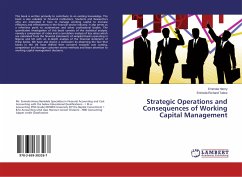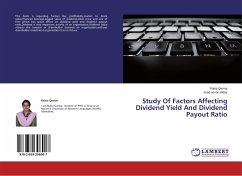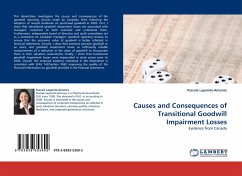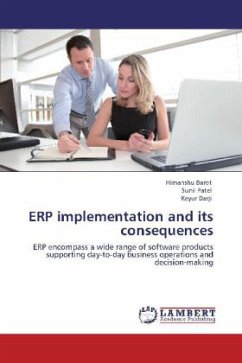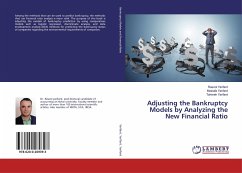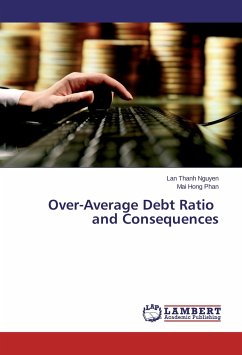
Over-Average Debt Ratio and Consequences
Versandkostenfrei!
Versandfertig in 6-10 Tagen
27,99 €
inkl. MwSt.

PAYBACK Punkte
14 °P sammeln!
Seafood industry has been a major export field of Vietnam for many years. However, that the Vietnamese seafood enterprises have used much debt for their business performances becomes a big obstacle for their sustainable development. By exploring the data set from financial statements of the Vietnamese listed seafood enterprises from 2009 to 2013, processed by Probit model, we found the common following characteristics of the listed seafood firms which have higher debt ratios than the average of the sector: (i) a long-lasting period of operation, (ii) high credit ratings, and (iii) risk prefere...
Seafood industry has been a major export field of Vietnam for many years. However, that the Vietnamese seafood enterprises have used much debt for their business performances becomes a big obstacle for their sustainable development. By exploring the data set from financial statements of the Vietnamese listed seafood enterprises from 2009 to 2013, processed by Probit model, we found the common following characteristics of the listed seafood firms which have higher debt ratios than the average of the sector: (i) a long-lasting period of operation, (ii) high credit ratings, and (iii) risk preference of managers. These are non-financial factors which have been rarely examined in previous studies. It is necessary for the Vietnamese seafood firms to use debt, but using much debt decreases their return on equities (ROEs) once it is over the average debt ratio of the entire industry. This finding is proved by the fixed-effects model presented in the research. By virtue of the double-sided effect of the leverage, it is advised that managers thoughtfully consider the use of debt in the firm capital structure.



